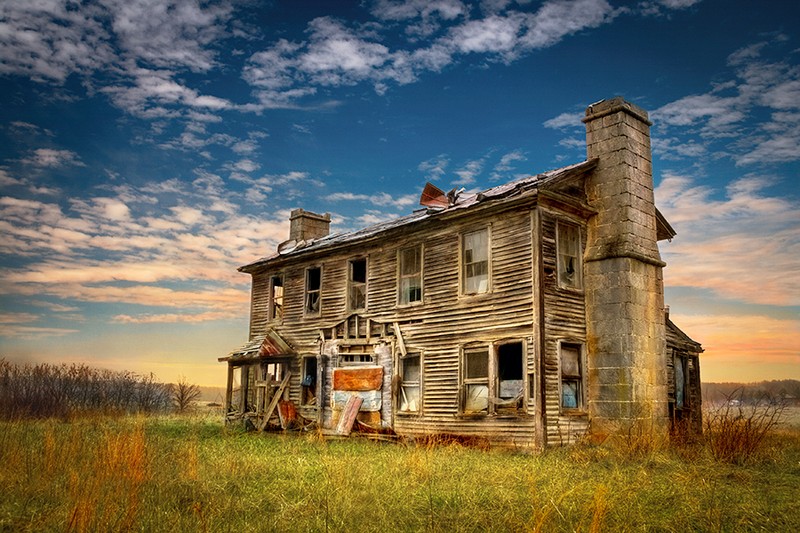Bates-Geers House
Introduction
Text-to-speech Audio
The Bates-Geers House, a Greek Revival structure built in 1840 with local materials, was constructed by Addison Bates, one of the area's earliest White settlers. Later, a former Union soldier named John Geers purchased the home a few years after the Civil War; he and his children lived there until the mid-twentieth century.
Images
Bates-Geers House

Backstory and Context
Text-to-speech Audio
Addison Bates migrated to Texas County from North Carolina during the 1830s. He first constructed the area's first mill, a small sawmill on Paddy Creek (it remained functional until 1889). Bates took advantage of the lush Ozark forests, which provided him with plenty of lumber. He sent the milled lumber as far away as Springfield, Missouri. The mill provided him with economic success and a concurrent climb in social status. By 1840, Bates decided to build a much larger home, the now-historic Bates-Geers House.
Bates used locally quarried sandstone for the foundation, while wood came from the nearby pine trees, which Bates processed at his mill. He modeled the Greek Revival after the colonial plantation homes of the Carolinas. And, like many coming to the Ozarks from the American South, Bates brought slave culture with him from North Carolina. It is unclear if he purchased slaves before arriving in Missouri, but much of the labor came from enslaved people; remains of their cabins can still be seen far to the rear of the house.
The house stood as a showplace of the county during the nearly twenty years Bates resided in the home. Shortly before the Civil War, Bates sold the house to William and Mary Roby, whose family gave their name to the small, nearby village of Roby, Missouri. During their tenure, the house was reportedly used as a stagecoach stop and occasionally sheltered some invalid Union soldiers.
Towards the end of the war, the Union Army sent a platoon through the hills to suppress a band of Bushwhackers operating in the area. Among the Union Soldiers was John Geers, a young soldier from Illinois who had enlisted in 1862 while only twenty-one years old. Geers grew fascinated with the Ozark countryside and its plentiful game. He came across Bates' place on 550 acres of land, which Geers eventually purchased in 1872. Geers raised his large family there and remained in the home until he died in 1932 at the age of ninety-one. After Geers died, his youngest son and daughter-in-law, Charles and Rose, took possession of the farm. While the land always remained in production, they supplemented their income during the 1940s by running a boarding house for workers employed in constructing Fort Leonard Wood, located seventeen miles to the north.
Sources
Cameron, Janice R. "Nomination Form: Rose Geers House." National Register of Historic Places. mostateparks.com. 1980. https://mostateparks.com/sites/mostateparks/files/Bates-Geers%20House.pdf.
"County History." Texas County, Missouri. https://www.texascountymissouri.gov/county-history/.
"Texas County - Houston, MO." Missouri Historical Markers on Waymarking.com. Accessed July 22, 2022. https://www.waymarking.com/waymarks/wm398F_Texas_County_Houston_MO.
"Texas County, Missouri." Community and Conflict: The Impact of the Civil War on the Ozarks. ozarkscivilwr.org. Accessed July 22, 2022. https://ozarkscivilwar.org/regions/texas.
By UnclePhooey - Own work, CC BY-SA 4.0, https://commons.wikimedia.org/w/index.php?curid=62627171
